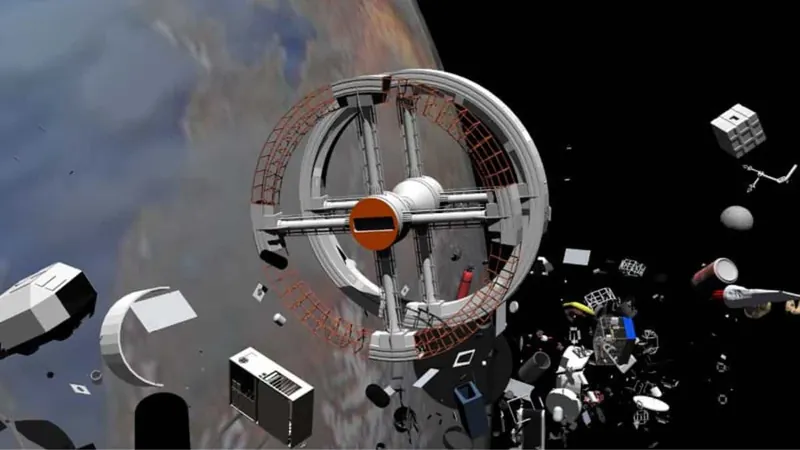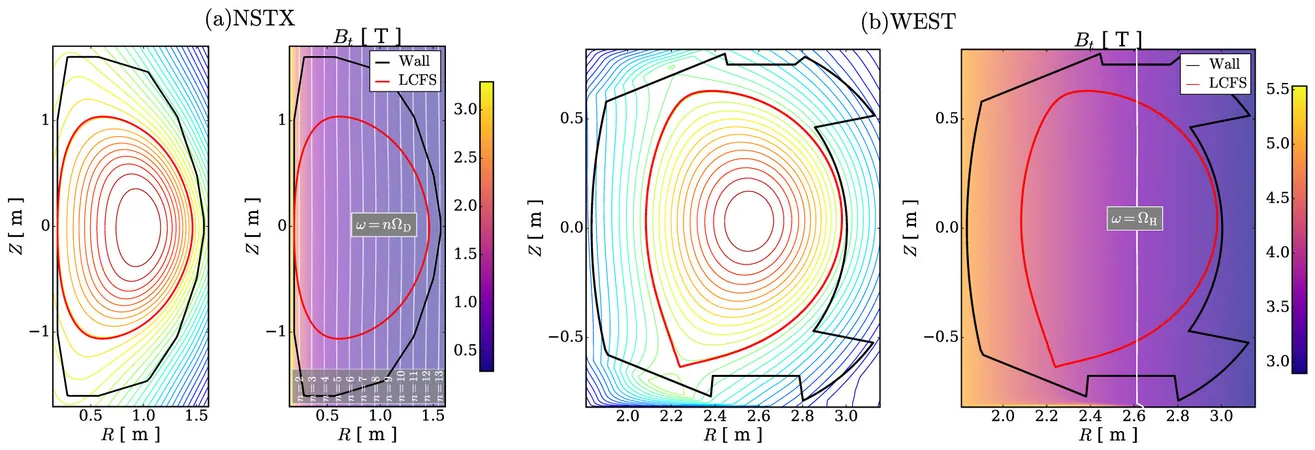
A Looming Space Junk Disaster: Are Astronauts at Risk?
2024-10-10
Author: Nur
Introduction
Space junk has rapidly emerged as a formidable threat in recent years, with experts urgently calling for immediate action to address the growing debris crisis in Earth's orbit. The orbital mapping organization LeoLabs has raised alarms, cautioning that a catastrophic event linked to this debris is imminent.
Expert Opinions on the Situation
In an interview with Forbes, Darren McKnight, a senior technical fellow at LeoLabs, described the situation as a "ticking time bomb" waiting to detonate. He elaborated on the staggering amount of space debris, noting that there are around 30,000 objects larger than a softball circling the Earth at frightening speeds.
The reality is grim, according to LeoLabs COO Dan Ceperly, who stated, "Collisions in space are not a question of if, but rather when." This statement underscores the grave threat posed to human life, particularly the astronauts who brave the challenges of outer space. Ceperly emphasized, “Any fragment above a few millimeters can be lethal to astronauts.”
Tracking Technology
LeoLabs possesses advanced technology capable of tracking debris as small as four inches. However, it struggles to monitor smaller fragments, which can number in the thousands, thereby compounding the danger.
Historical Context and Recent Incidents
While no severe accidents involving human life have yet occurred from space debris, its impact on machinery is evident. A notable incident in 2021 saw a tiny shard of debris puncture the Canadarm2 robotic arm outside the International Space Station, highlighting the potential risks associated with even minuscule fragments.
The hazards are particularly prominent in the high regions of low-Earth orbit. McKnight pointed out historical negligence, as both the United States and the former Soviet Union left many spent rocket stages adrift in space without establishing a protocol for their cleanup. In June 2022, a near miss occurred when two of these upper-stage rockets passed within 500 feet of each other, narrowly avoiding disaster.
Another alarming episode in 2021 involved a Chinese military satellite colliding with a fragment from a decaying Russian rocket, an event meticulously investigated by Harvard astrophysicist Jonathan McDowell. This incident demonstrates the ever-growing risk posed by space debris, which is anticipated to escalate as nations like China intensify their efforts in space exploration.
Conclusion
The escalating threat of space junk transforms an already precarious frontier into a hazardous environment for astronauts and satellites alike. Experts urge that comprehensive measures be taken to address this looming crisis before it spirals out of control. With the future of space travel hanging in the balance, the question remains: what steps will be taken to prevent a space junk catastrophe? The clock is ticking.


 Brasil (PT)
Brasil (PT)
 Canada (EN)
Canada (EN)
 Chile (ES)
Chile (ES)
 España (ES)
España (ES)
 France (FR)
France (FR)
 Hong Kong (EN)
Hong Kong (EN)
 Italia (IT)
Italia (IT)
 日本 (JA)
日本 (JA)
 Magyarország (HU)
Magyarország (HU)
 Norge (NO)
Norge (NO)
 Polska (PL)
Polska (PL)
 Schweiz (DE)
Schweiz (DE)
 Singapore (EN)
Singapore (EN)
 Sverige (SV)
Sverige (SV)
 Suomi (FI)
Suomi (FI)
 Türkiye (TR)
Türkiye (TR)